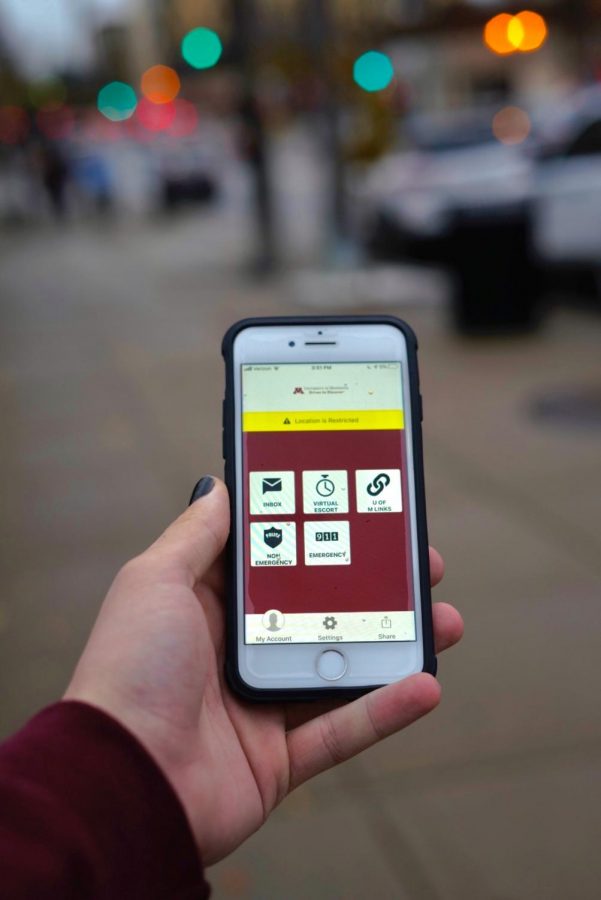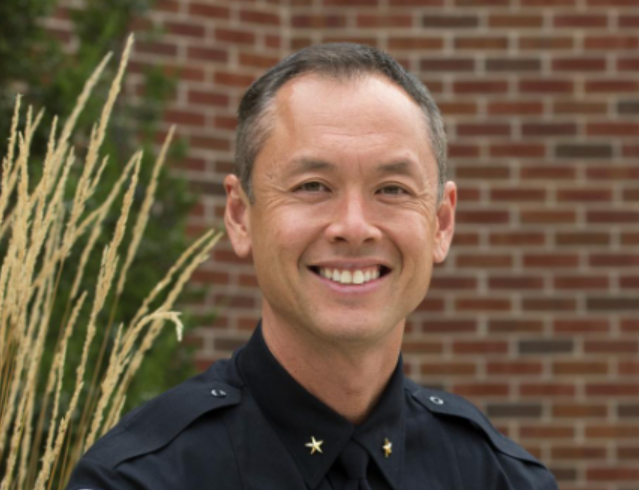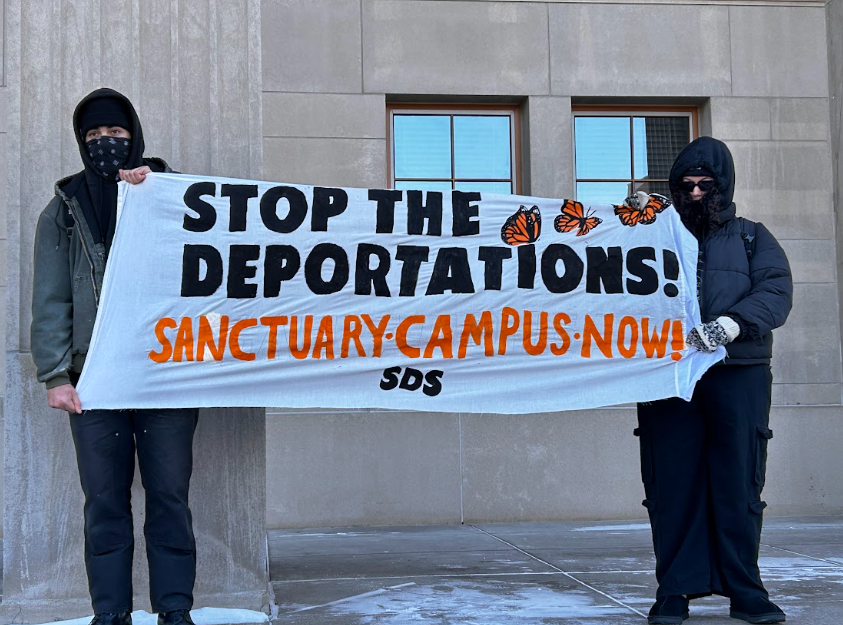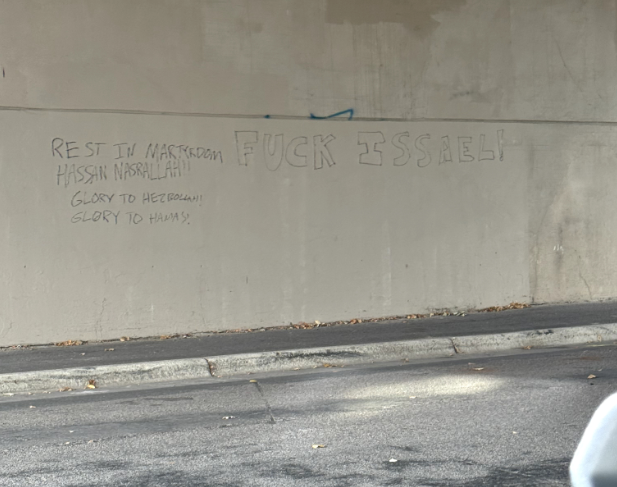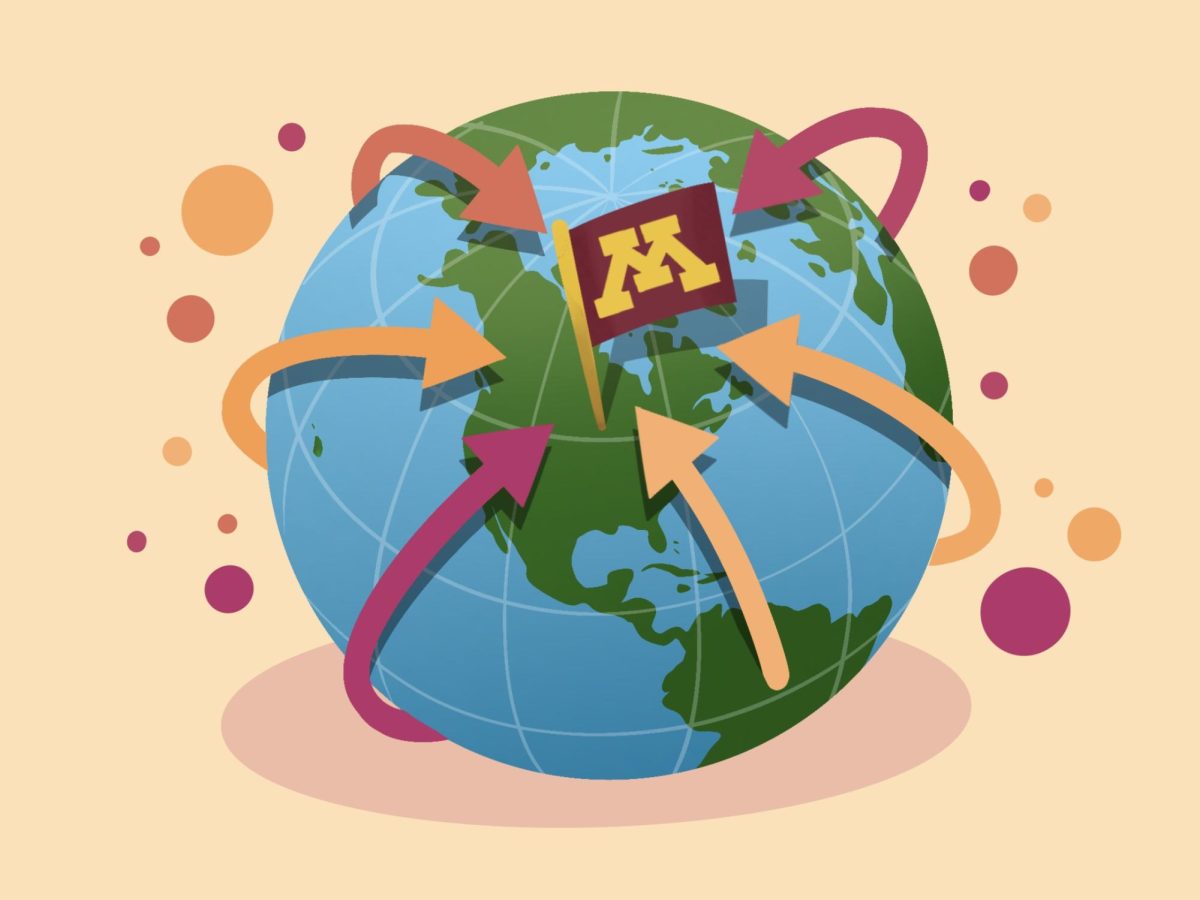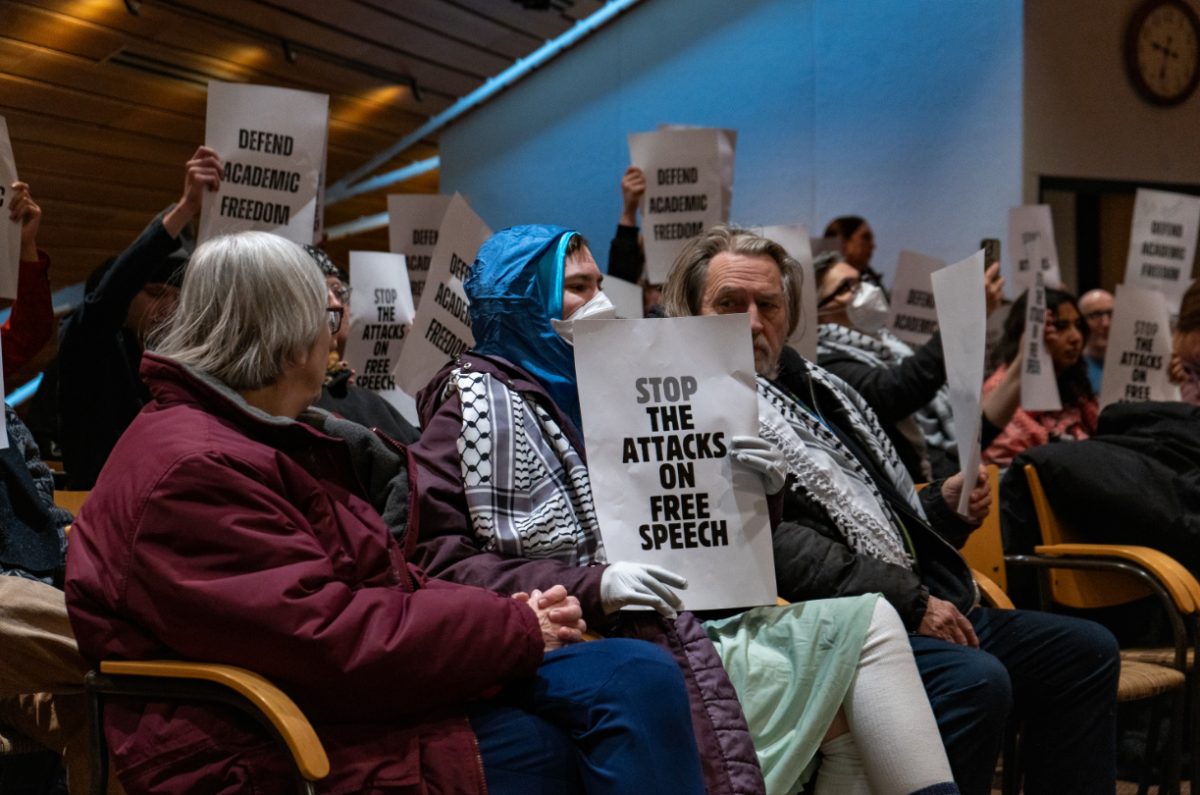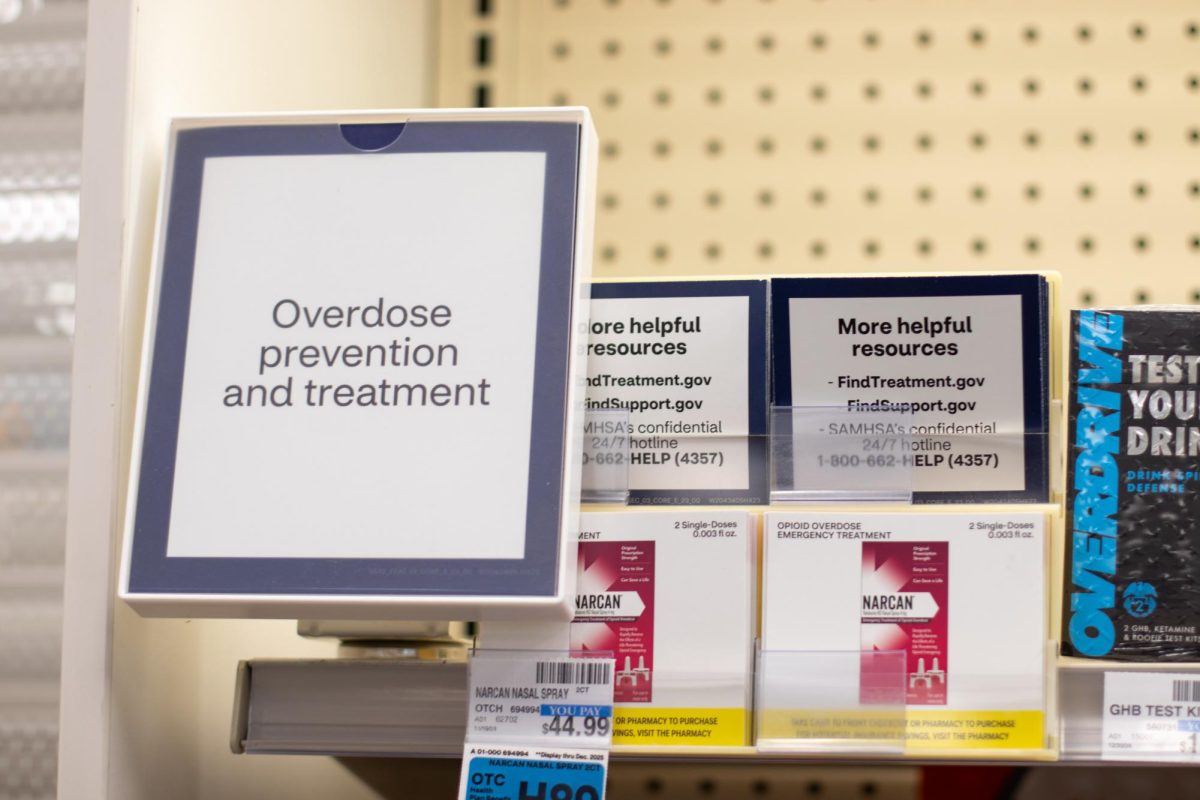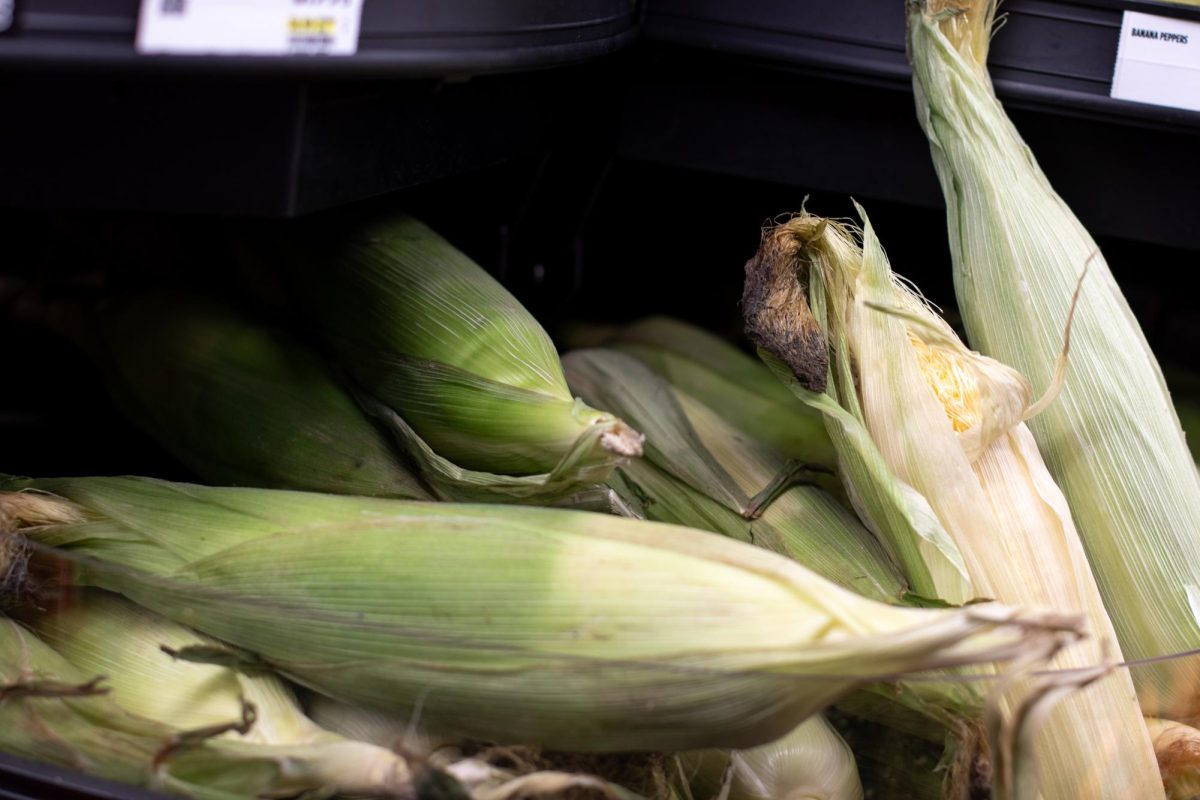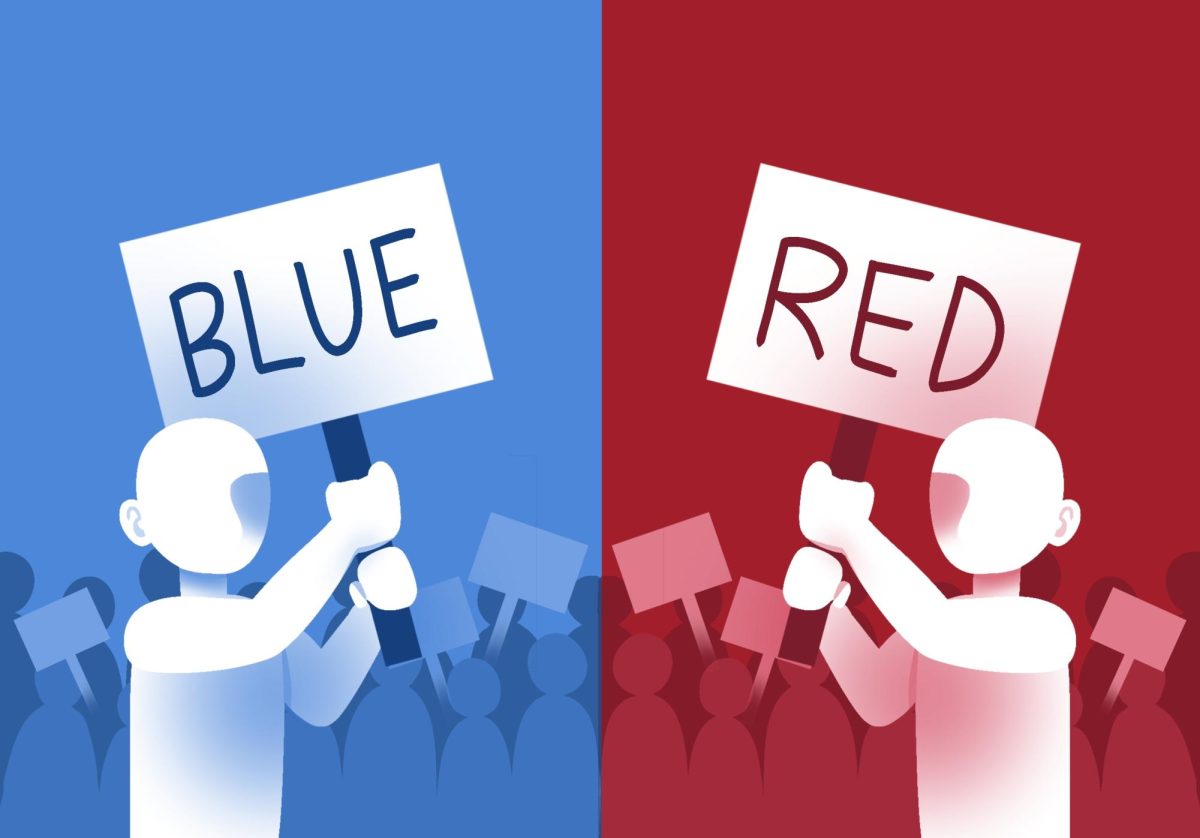The University of Minnesota launched the Rave Guardian app in August, which is designed to virtually accompany students while walking to their destinations. Here’s how it works.
Dr. Cedric Alexander’s public safety report, which was released in January, recommended the app as part of a comprehensive campus safety plan for the University.
To use the app, the user sets a timer based on how long they believe it will take to arrive at their destination. Students and University members are required to sign up for the app with their University emails.
When the timer begins, the University of Minnesota Police Department (UMPD) is notified that a timer is active, but is not given the user’s location unless the timer runs out and the user doesn’t deactivate it. Officers monitor the active timer and can monitor multiple timers at once. The user has the ability to add more time to the clock if they realize they will not make it to their destination before the timer goes off.
The app will work for users as long as they start and end their journeys within the geofence around University buildings. There are separate geofences around the St. Paul campus and the Minneapolis campus, which includes Cedar-Riverside, Prospect Park, Dinkytown and parts of Como.
Jeff Lessard is the director of emergency communications at the University and helped implement the Rave app at the University.
“The borders are generally what we utilize as borders for the 624-WALK program. But outside of that you’ll get an alert from the phone that says that you’re outside of the boundaries,” Lessard said. “Our primary reason for that is because of our ability to respond and do the welfare checks on you.”
The 624-WALK program is another campus safety initiative that allows students to call and request a walking or vehicle escort to their destination.
If the timer runs out without being deactivated, UMPD receives the user’s information and their location. The user will receive notifications from the app asking if they need to add more time or if they have arrived at their destination.
Lessard said if the timer is not deactivated, such as if the user’s phone dies or does not respond to prompts from the app, UMPD will first call, then send an officer out to the user’s last known location for a wellness check.
Universities such as the University of Iowa and Ohio State also use the Rave app as a campus safety solution.
Samiat Ajibola, the vice president of the Minnesota Student Association, said the members are trying to increase student downloads of the app through programs and incentives. She said MSA is working to get the Rave app implemented in the first year orientation process.
“Adding in Rave Guardian as one of those apps that every student has and making it a part of campus culture is really one of the things that we feel will increase the use of the app the most,” Ajibola said.
Abdulaziz Mohamed is the president of MSA and has been working with the University to improve public safety on campus.
“It’s been taking a multi-faceted advocacy approach that looks at addressing some of the crime that’s been happening surrounding communities around campus, as well as improving the quality of interactions that students have with police,” Mohamed said.


